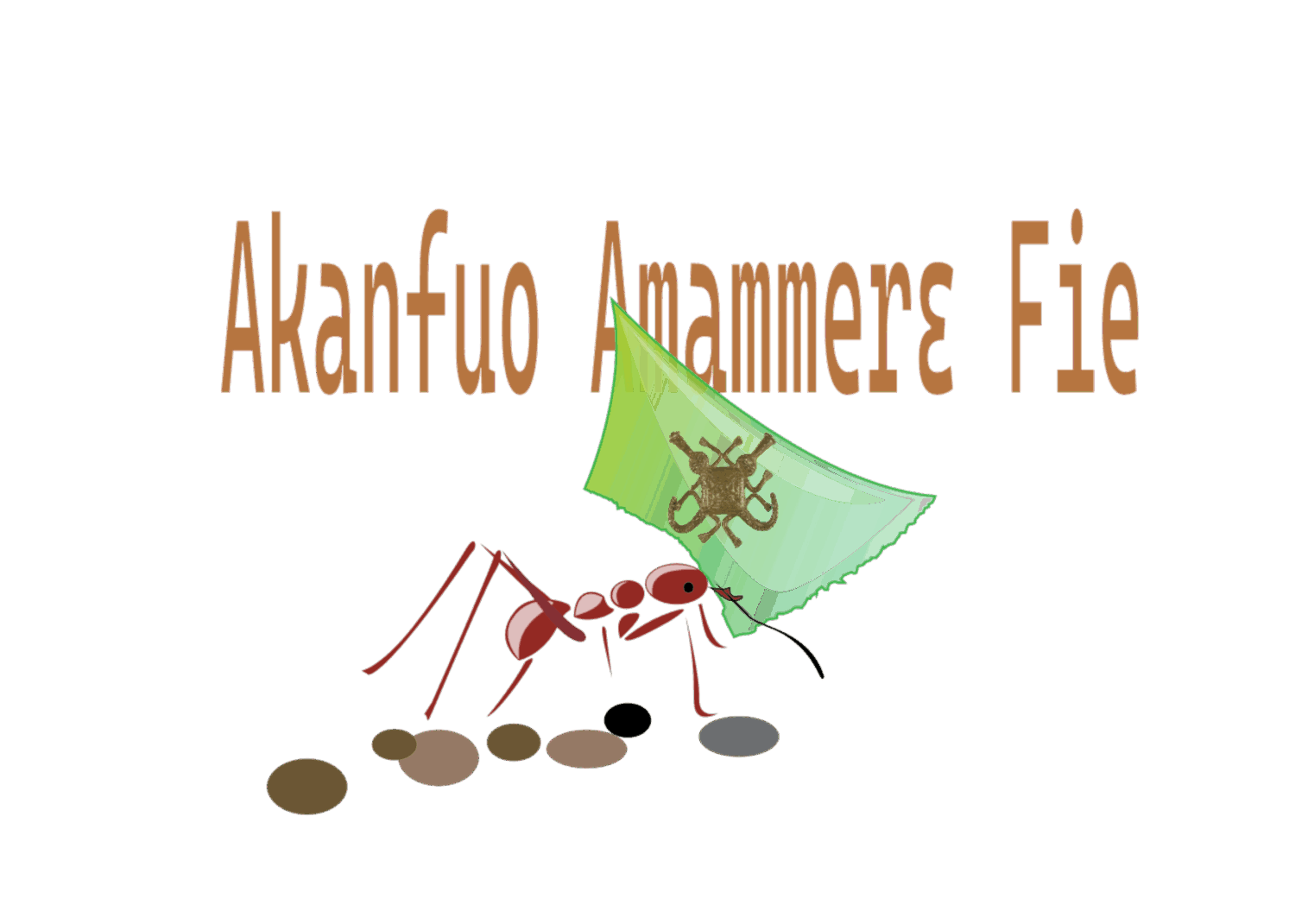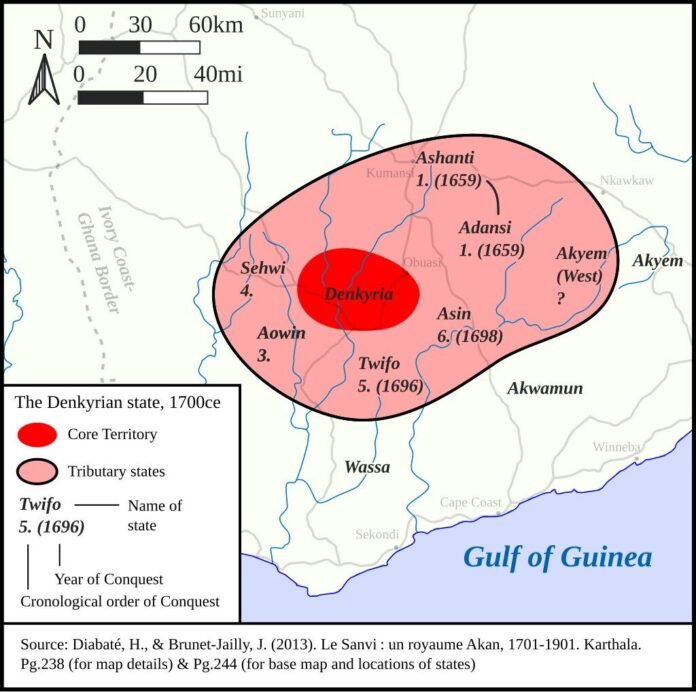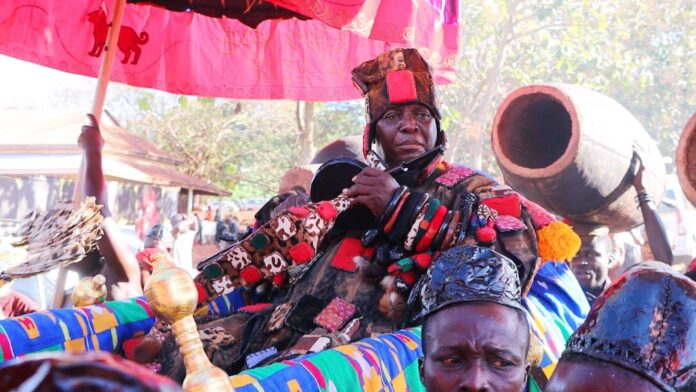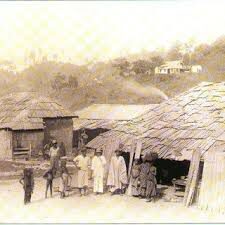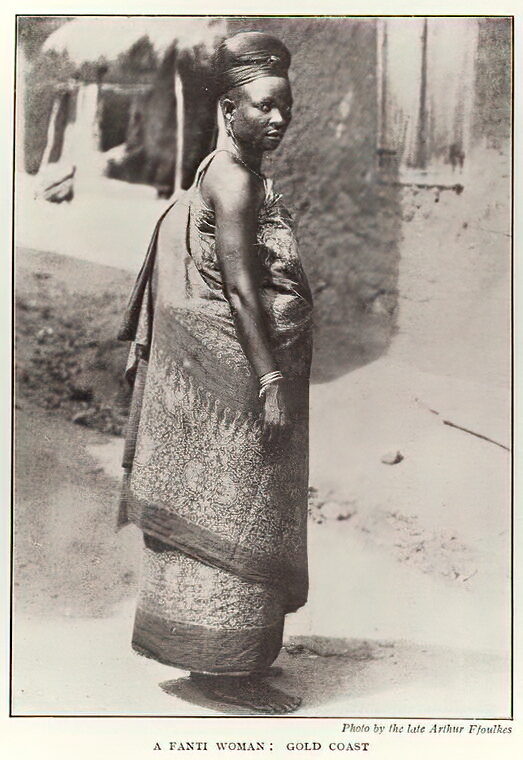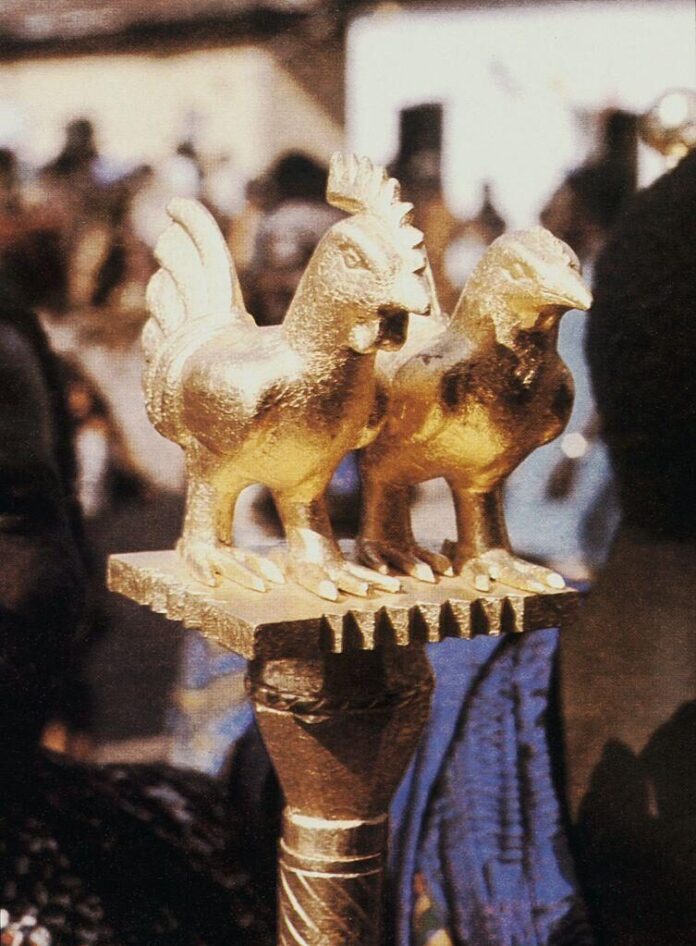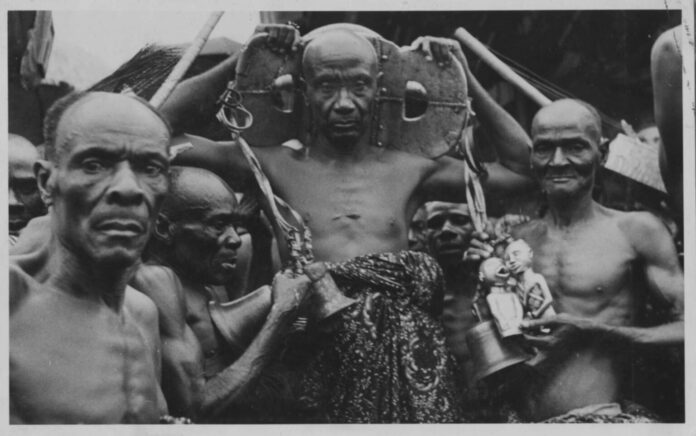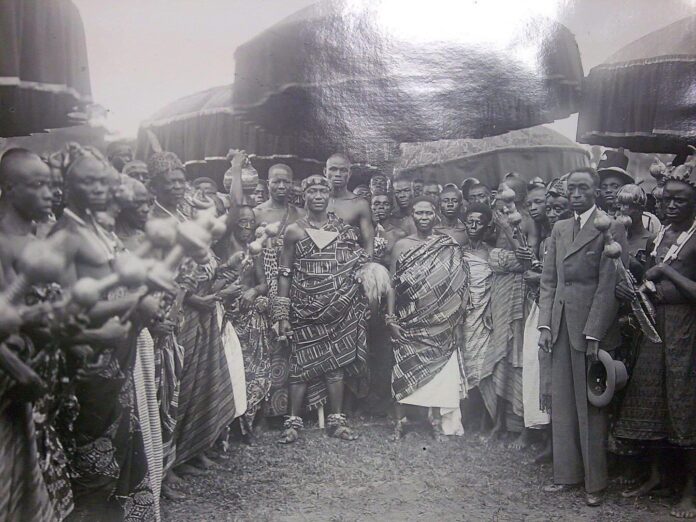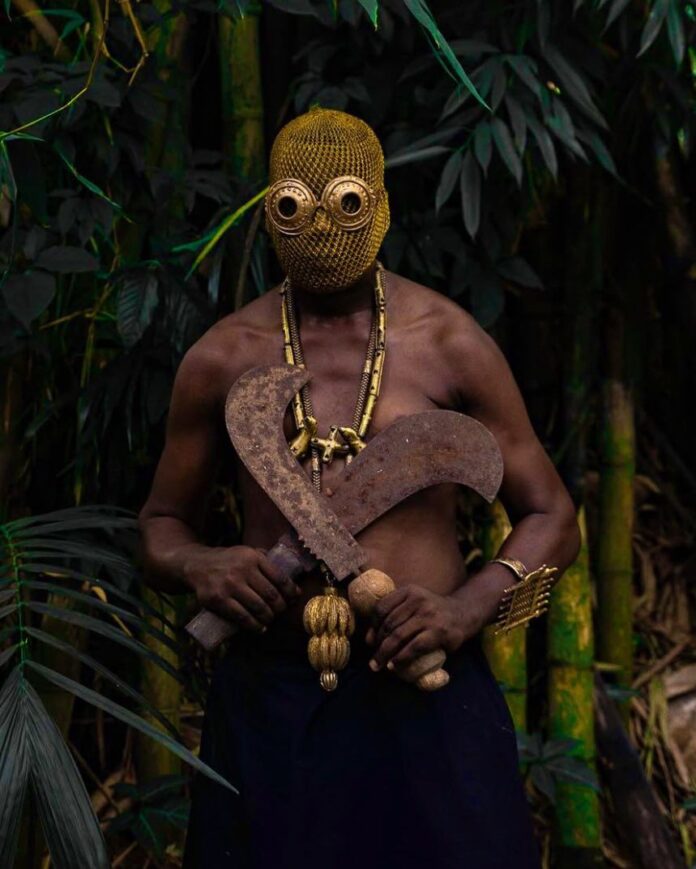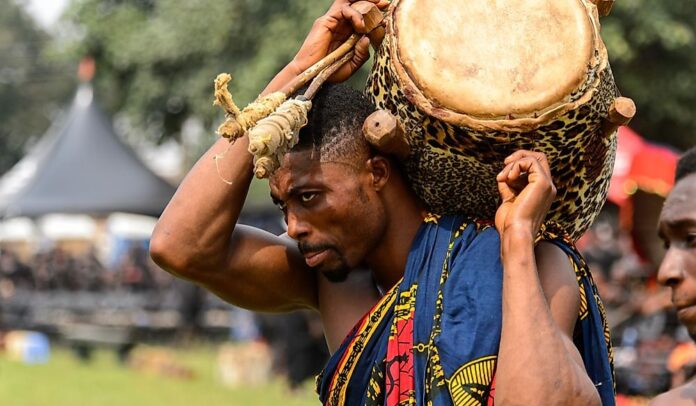Before the golden stool descended, before Osei Tutu united the disparate states, there was Denkyira.
And in the seventeenth century, it was the most formidable Akan power, casting a long shadow across even the lands of what would later become Asante.
The Denkyira’s wealth, its armies, and its kings shaped the politics of their time. To understand how Asante rose, one must first understand the kingdom that once ruled over it.
The Denkyira Empire
Denkyira was situated in the southern forest zone, not far from Adanse, where fertile lands and abundant gold streams gave birth to a thriving economy. It’s people controlled key trade routes stretching from the interior to the coastal forts of Elmina and Axim. Through these routes, gold and slaves flowed south, while European goods, guns, cloth, and salt, came north.
By the early 1600s, Denkyira had mastered the art of trade and war. Its rulers, including Boamponsem and later Ntim Gyakari, established tribute systems that reached deep into the northern hinterlands.
Smaller Akan states, such as Twifo, Wassa, and Adanse, fell under Denkyira’s influence. Even the emerging towns of Kumasi, Mampon, and Dwaben were expected to send tribute in gold, slaves, and captives.
The Sword
The Denkyira’s strength lay in its military organization. Its army was disciplined, well-armed, and commanded by skilled generals.
The state controlled the import of firearms, ensuring that its vassals remained dependent. Tribute from these vassals paid for more guns, creating a cycle that reinforced Denkyira’s supremacy.
Oral accounts speak of Denkyira’s royal court as a display of grandeur and authority. Chiefs and envoys came bearing gifts, kneeling before the king who sat surrounded by regalia of gold, ivory, and leopard skins.
Yet beneath the surface of splendor was fear … for Denkyira’s rule was strict, and defiance meant destruction.
The Yoke of Tribute
For the Asante towns still taking shape in the north, Denkyira’s tribute demands became a heavy burden.
Gold, ivory, and human lives were demanded regularly, and messengers were known to arrive without warning, carrying orders in the name of the Denkyirahene. The smaller Asante states grew restless under this weight, their pride bruised, their freedom tested.
It was this shared suffering that began to unite them. The chiefs of Kumasi, Dwaben, Mampon, and Bekwai began holding secret councils, whispering of rebellion. The refusal to live forever under Denkyira’s command was the fuse that lit rebellion.
The Seeds of Rebellion
Tensions reached their peak under King Ntim Gyakari, whose reign was marked by both ambition and arrogance.
Determined to remind his subjects of Denkyira’s authority, he intensified tribute demands and punished dissent harshly. But in doing so, he only fanned the flames of unity among the northern states.
When Osei Tutu returned from exile in Akwamu, he found a people ready to rise. With the spiritual guidance of Okomfo Anokye, he began forging alliances among the Akan towns that shared a common enemy.
The vision of a confederation took shape, one that could match Denkyira in both strength and purpose.
The Fall & Denkyira Legacy
The Battle of Feyiase in 1701 marked the turning point of Akan history. Denkyira’s armies, once feared, met defeat at the hands of a united Asante force. Ntim Gyakari fell in battle, and his kingdom collapsed.
The victory at Feyiase was the birth of a new order. The Asante Confederacy emerged from the ashes of Denkyira’s rule. The once-feared Denkyira was reduced to a tributary, and Kumasi became the new center of power.
Though its empire fell, Denkyira’s influence never vanished. Its administrative systems, military traditions, and trade networks became the foundation upon which Asante built its own greatness.
Many of its leaders and artisans were absorbed into Asante society, bringing with them skills and customs that enriched the new kingdom.
Even today, Denkyira remains a respected name in Akan history.
The Asante learned from Denkyira’s strength, and through that knowledge, they created something greater that has lasted the test of time.
